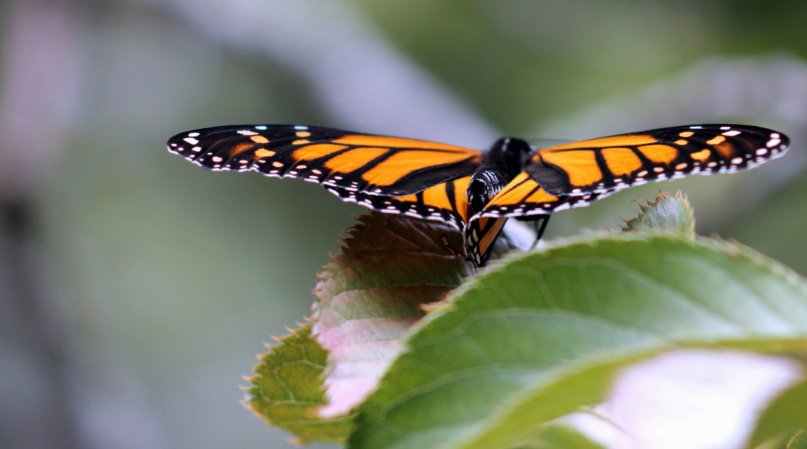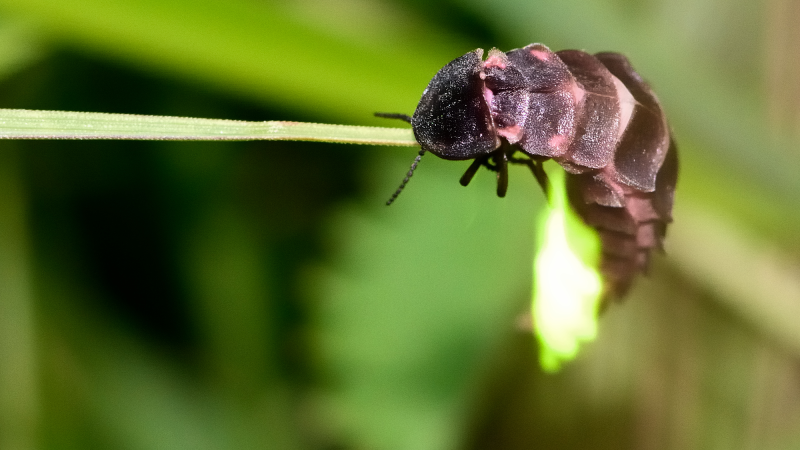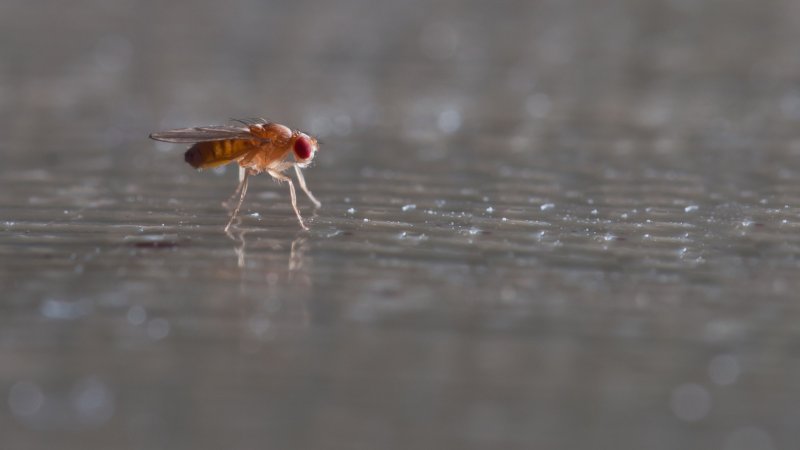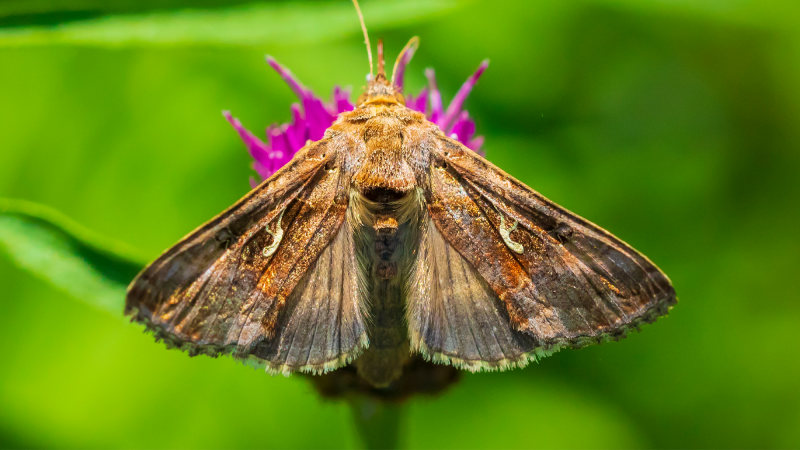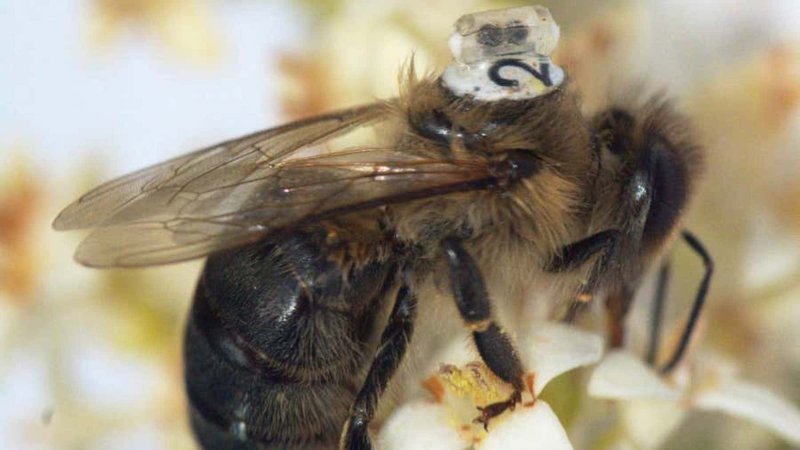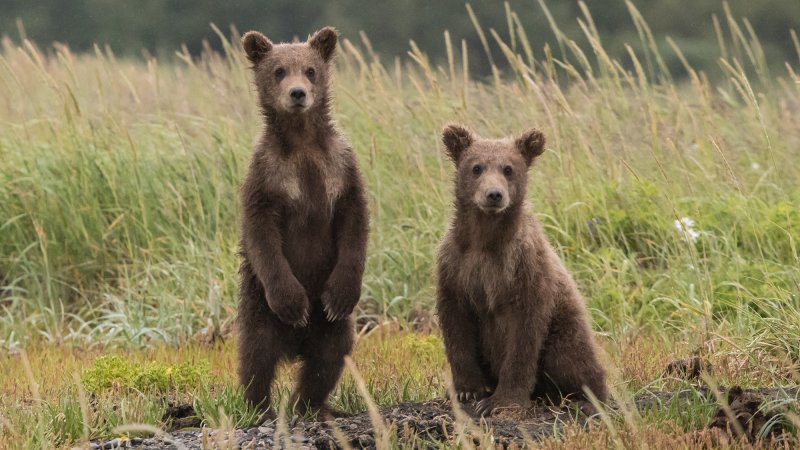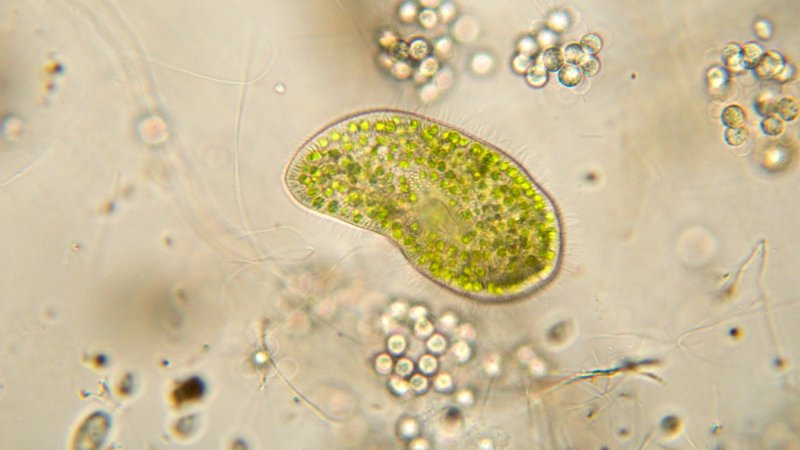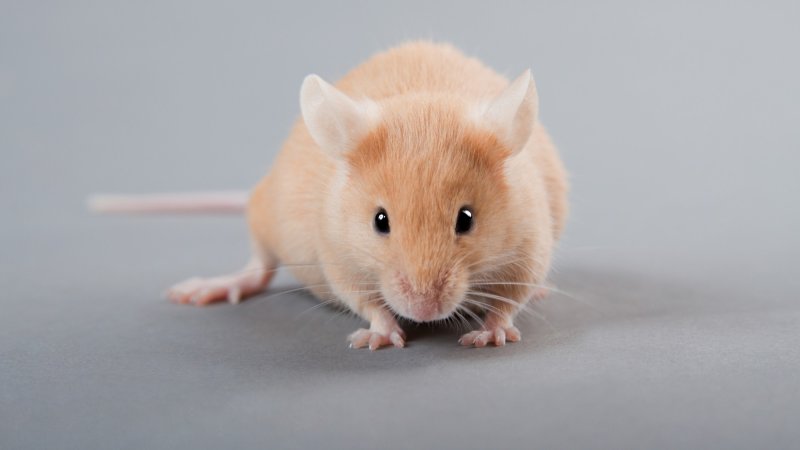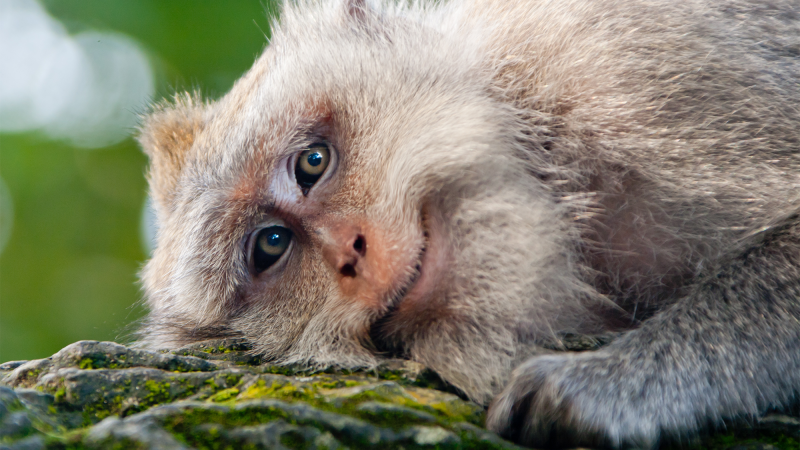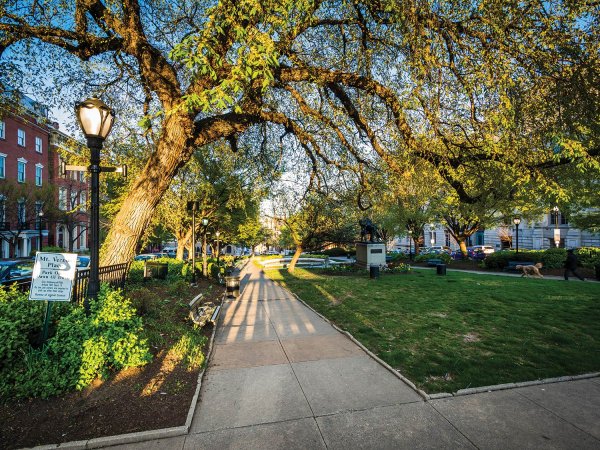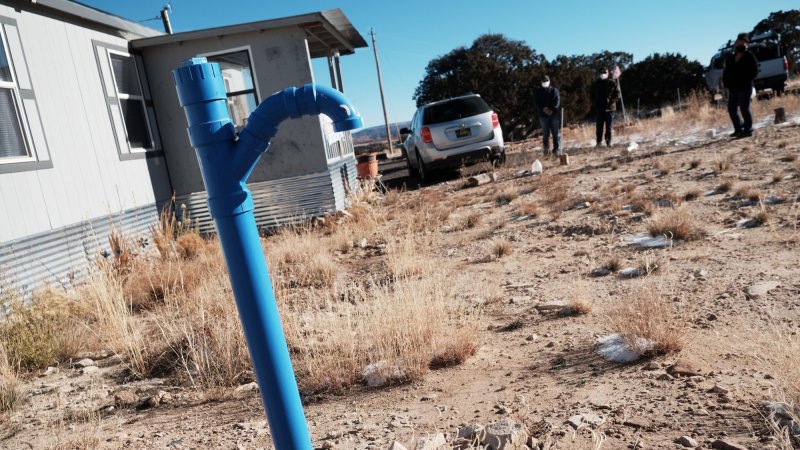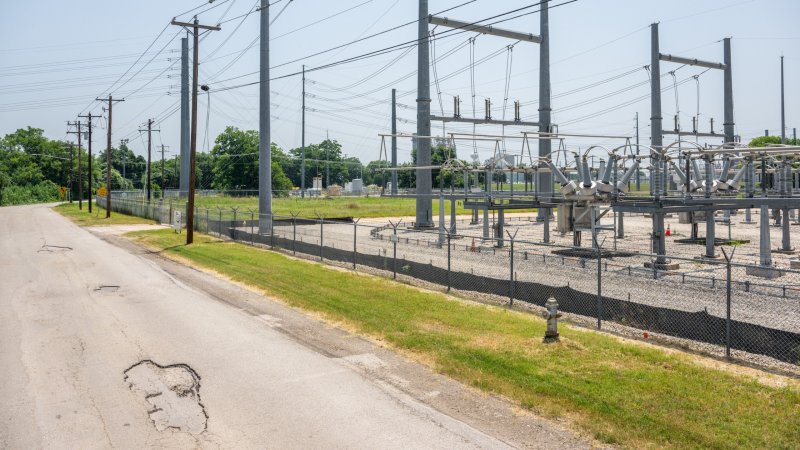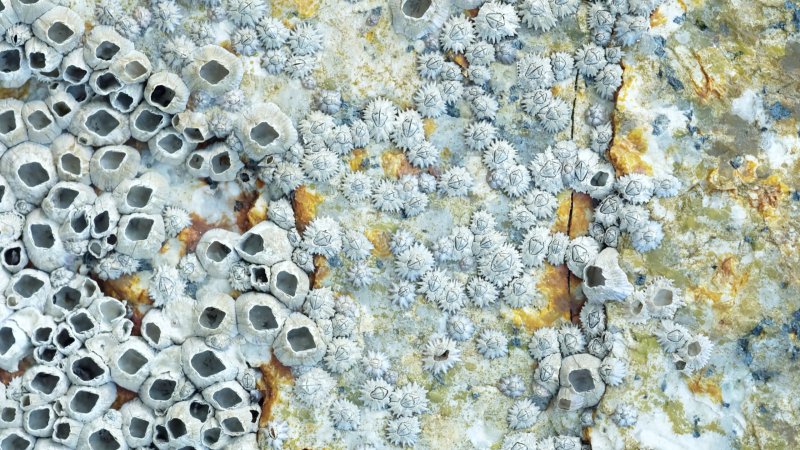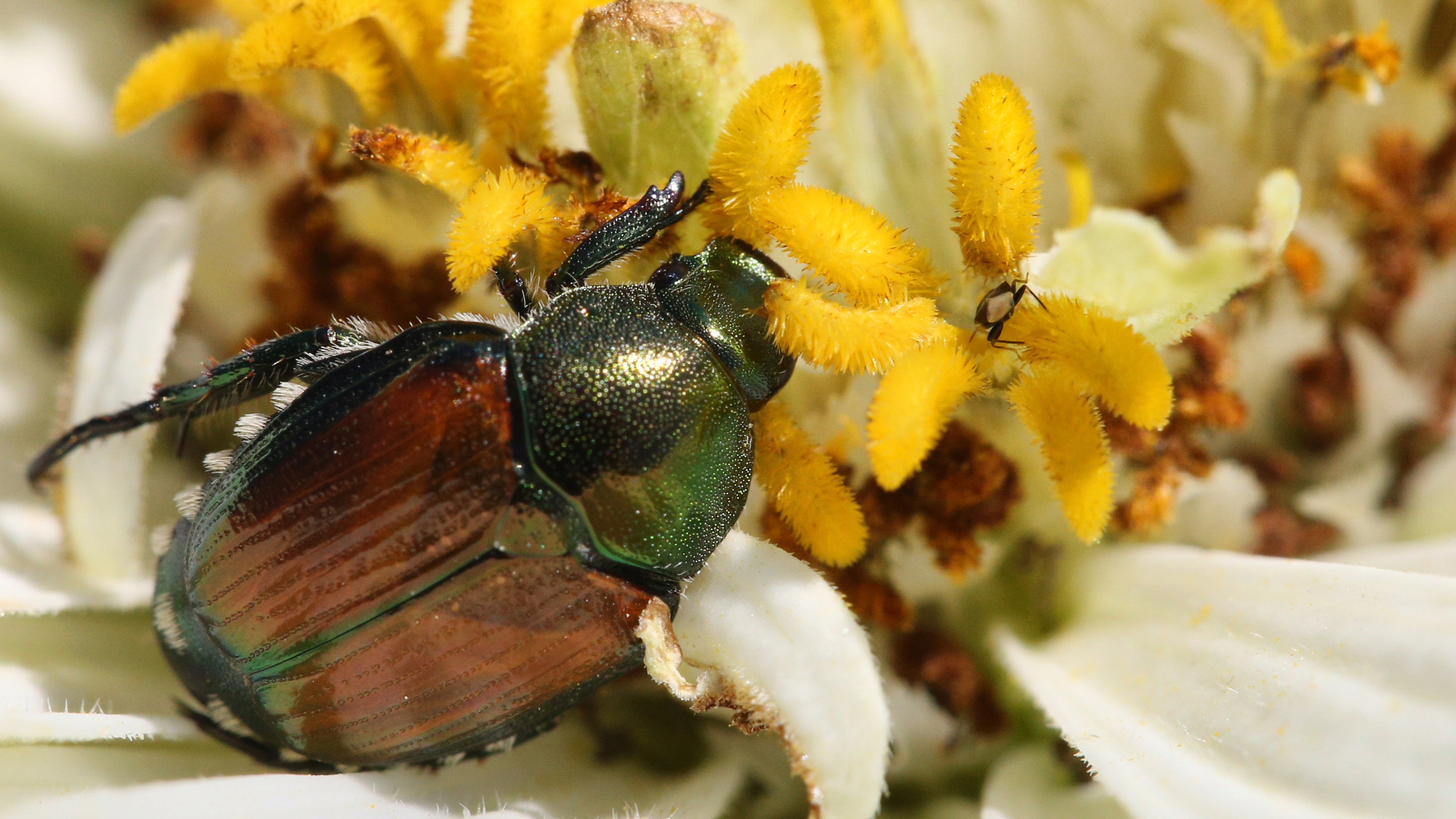

This article was originally featured on High Country News.
On an early July day, Amber Betts spent the afternoon in the community rose garden in Grandview, Washington, where she lives. Several weeks earlier, invasive Japanese beetles had emerged in droves everywhere in Grandview, a town in central Washington’s Yakima Valley. The infestation had since quieted, but she still spotted a few insects: A cluster of fingernail-sized iridescent green beetles, their coppery wings shining, were devouring a rose.
In the United States, Japanese beetles have no natural predators. Unchecked, their numbers can skyrocket, and they can do extensive damage to plants, said Betts, a public information officer at the Washington State Department of Agriculture. Cherries and hops, which collectively generate $900 million in yearly revenue for the state, are among the 300 plants the beetles are known to eat. Although a population has taken up residence in Grandview, the beetles have not yet spread throughout Washington. Greg Haubrich, acting director of the plant protection division at the department, said that officials are trying to eliminate the insect from the entire state. “We still do have a good chance of eradicating this,” he said.
Japanese beetles are native to Japan. Japanese beetles were first found in the U.S. in 1916 near Riverton, New Jersey. They have since become established in almost every state east of the Mississippi River, as well as in some states and counties in the Western U.S. They lay their eggs in the soil in July and August. The eggs morph into lumpy white grubs that remain underground throughout the winter, quietly consuming the roots of grasses and other plants. They’re nigh impossible to detect until they emerge as adults in the spring and fly toward the scent of flowers and fruit. Pesticides are the only effective way to control them on many crops.
Over the past 30 years, Western states have treated infested areas with pesticides, and most have prevented the beetle from gaining a foothold statewide. Still, officials are essentially playing a game of whack-a-mole: States will vanquish the beetles one year, only to experience a reintroduction years later. After capturing several thousand Japanese beetles in 2013, for example, Idaho reduced the infestation by nearly 90% by 2015. This year, however, 77 beetles were found in Caldwell, in Southern Idaho. Colorado detected the beetle in 2017, and now 11 counties, mainly on the Front Range, are trying to control its spread.
Officials first detected Japanese beetles in Grandview in 2020, in one of several dozen monitor traps scattered throughout the state. These rose-scented devices lure beetles into plastic bags from which they can’t escape, and they serve to both detect and dispatch the insects. In 2020, Betts said, state officials found three. The next year, after officials set up several hundred traps in Grandview, that number exploded to 24,000; Betts remembers her feet crunching on a carpet of dead beetles as she walked down the street. They caught roughly 1,000 fewer in 2022, evidence that the population has since shrunk.
The beetles threaten both crops and Washington’s native plants, some of which, including huckleberries, are endangered or culturally important to tribes in the state, said Haubrich. “We know these things will attack blueberries. So our concern is, will it attack huckleberries?” he said. “We think it probably will.”
Washington state officials instituted a quarantine in Grandview in 2022. Now, there are hundreds of rose-scented traps in the city. Since the insects can hitch a ride on cars, trucks and, especially, in soil as eggs or grubs, residents cannot transport anything that might spread the beetles, such as lawn clippings or foliage. Farmers in the quarantine zone have to show that the traps in their fields don’t contain beetles, or else treat their crops with pesticides. Each year, officials send out letters to residents asking for permission to spray their lawns and gardens.
Betts and Haubrich said that the residents of Grandview and surrounding towns, many of whom work in agriculture, are keenly aware of the threat and have been instrumental in the state’s detection and eradication efforts. Still, Grandview has proven a particularly tricky place to quarantine: It lies on Interstate 82, a major agricultural route. A resident of Wapato, about 30 miles north of Grandview, found multiple beetles in their garden last year.
So far, the Grandview quarantine is the only one in Washington. (Wapato is on the Yakama Indian Reservation, so the state agriculture department lacks the authority to institute a quarantine there; it is, however, partnering with Yakama Nation tribes to limit the beetles’ spread, Haubrich said.) But, according to a study in the Journal of Economic Entomology published in June, the beetle could thrive in both eastern and western Washington, despite their disparate climates. It seems to be able to adapt to new environments, and climate change could hasten the beetles’ expansion. Gengping Zhu, an entomologist at Washington State University and the study’s co-author, said that without intervention, the beetle could spread throughout the state within 20 years.

